Amazon wedding registry started in 2002, is one of the most significant registry business in UK, DE, FR, IT, ES and US. Amazon was looking to roll out the wedding registry to universal registry. I was part of the team to redesign the registry experience as a solo designer for the fast growing.


Lead UX designer
2019
Sketch, Illustrator
1. Struggled to scale.
2. Fundamental usability was challenged.
3. Lack of documentations and data.
4. Not understood our customers.
5. Cooperated with external teams.
1. Use the wedding experience as a template, expand to other categories.
2. Make it fast and easy to use for everyone.
3. Give customers more control so it can fit in different scenarios.
I led the design of the universal registry experience between Feb 2019 and June 2019. In addition, I worked alongside the content team, 2 marketing specialists, 2 product managers, 8 devs and 1 data analyst.
At the outset of the project, we didn’t have a clear mission or specific goals for the new registry experience. Without pre-existing insights, I conducted a thorough website auditing, reached out to previous designers for project histories, and interviewed current team members to explore how the registry experiences designed and performed.
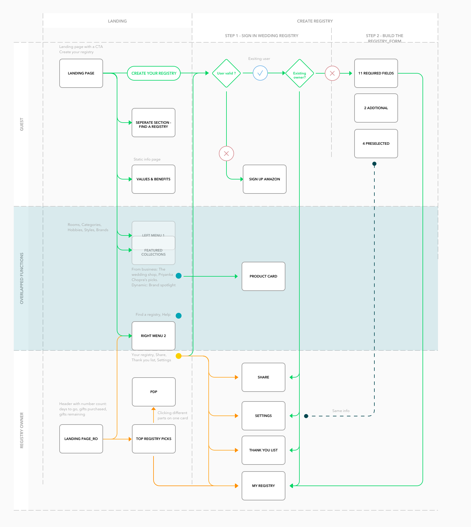
• Unclear visual elements (e.g. vague meaning on the favorite icon).
• Inconsistency with Amazon retail experience (e.g. product tile).
• Inconsistency within pages (e.g. benefits and help page).
• Low accessibility (e.g. guest view, homepage "create registry" CTA).
I tested the existing site (desktop and mobile version) with 16 external participants. My goals were to setup a baseline, understand the challenges they faced, the expectations they had for wedding registry and verify the potential "low-pick fruit" I identified.
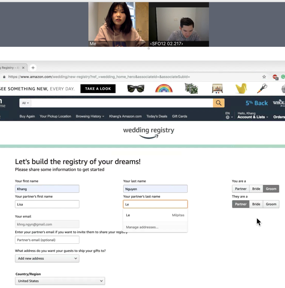
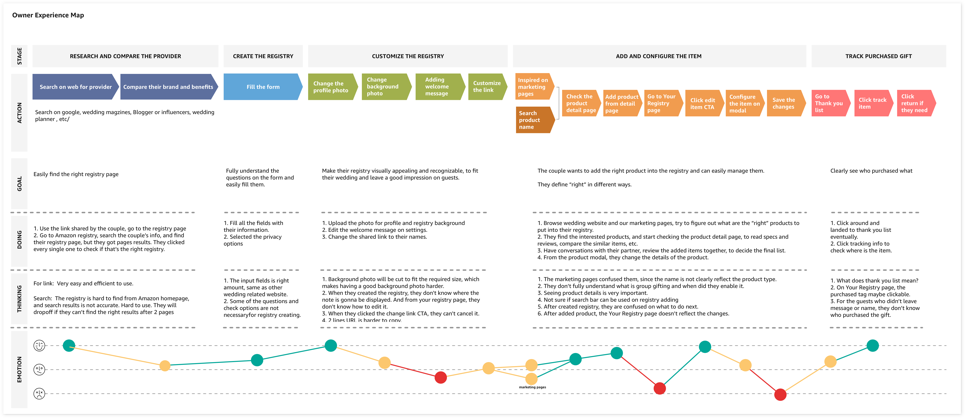
• Customer mental modal and how it changed with the different wedding phase.
• Expectations on Registry experience (owner and guests)
• Dynamics between the couple on how to make registry decisions
• Elevated experience can be limited on visual and only for guest view.
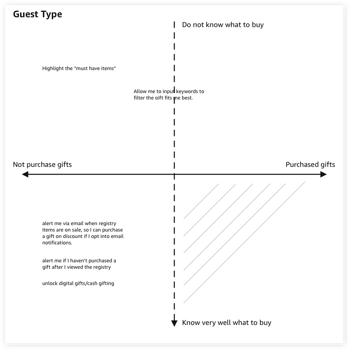
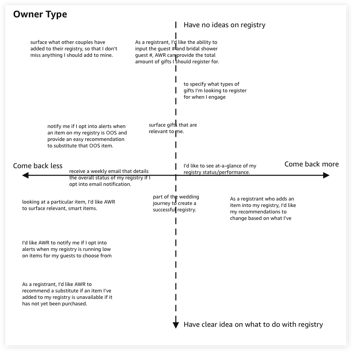
Before I could jump into designing, it was essential to define success and understand the health of the registry experience at scale.
Prior to the redesign, the retention rate was the only proxy we had used to measure registry quality.
The above customer mental model is developed from the dimensions of purchase, revisit, and customer types.
Combining it with the customer journey map I had from the user interview, we can see the red areas mainly concentrated on how to engage with the registry. After working with our data scientists, we found customers who visit the registry more often tend to spend more.
So engagement can be another metric used to investigate registry health.
Poorly formed registry causes downstream operation and low involvement.
Couples creating their registry on Amazon now receive personalized advice that takes into account the number of guests at their wedding to suggest the perfect number of gifts by type and price range, along with recommendations on the most popular items for each type and price range. Gift Advisor also helps guests remember to pick out their gift by subscribing to a reminder notification that alerts them a few weeks before the wedding and also lets them know when registry items are on sale.
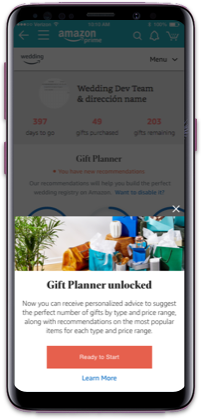
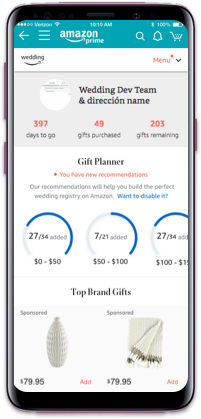
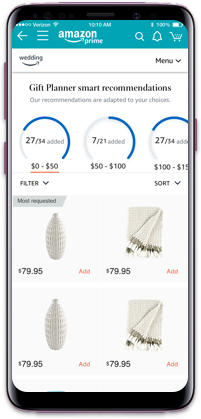
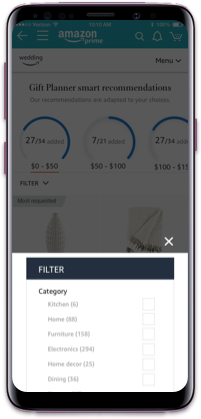
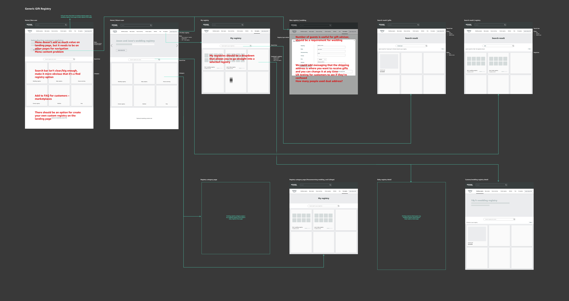
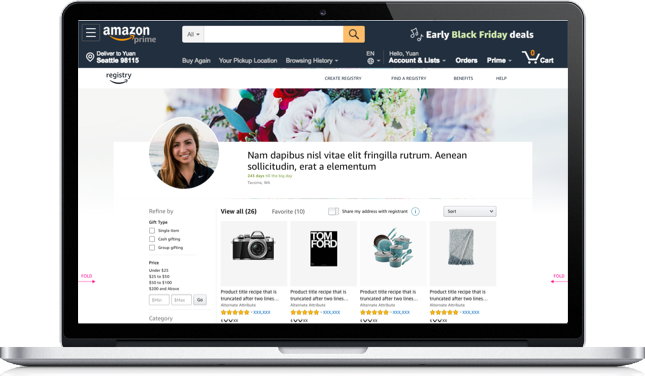
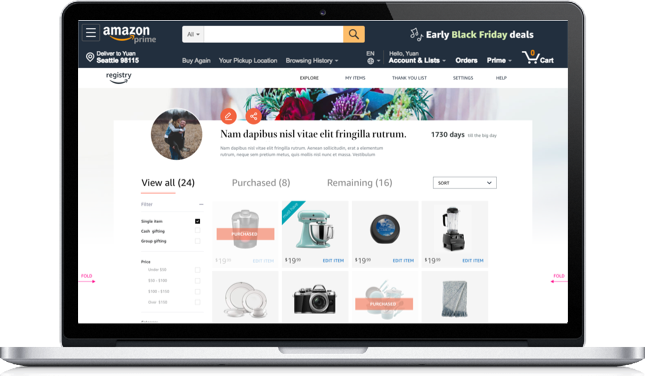
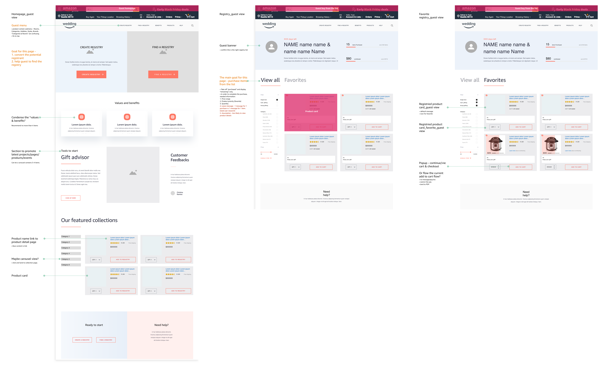
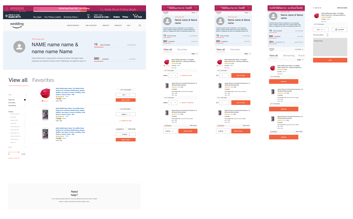
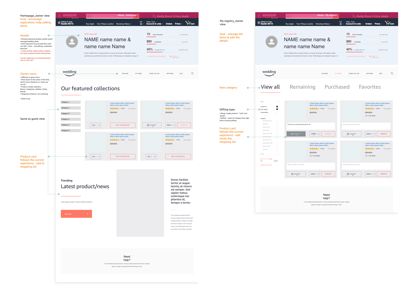
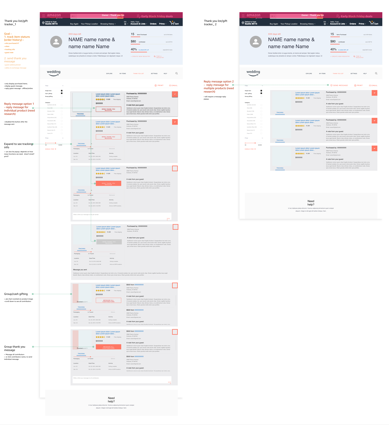
Before Gift Advisor, an estimated 50% of known Amazon customers who visit a wedding registry guest page at least once never purchase a gift from that registry, representing a further entitlement of $200M in 2018 alone. Gift advisor increased more than 2000 Active Registries in 2019, improvde Active Registry Value for $13 and generate OPS for $3M.